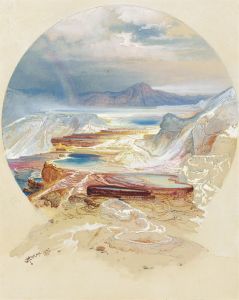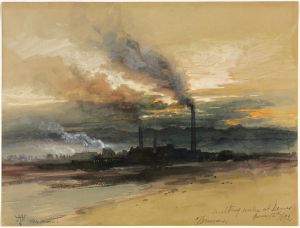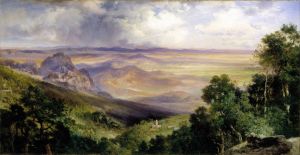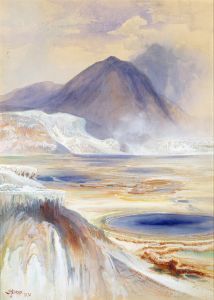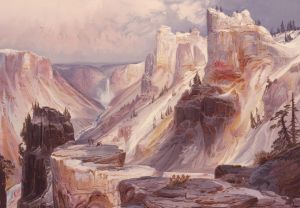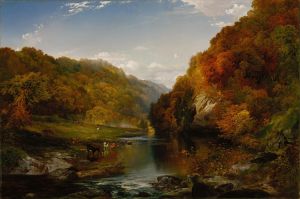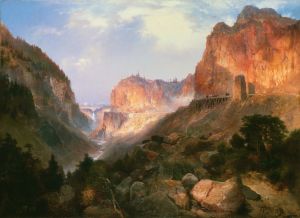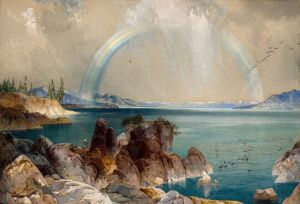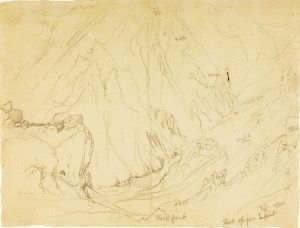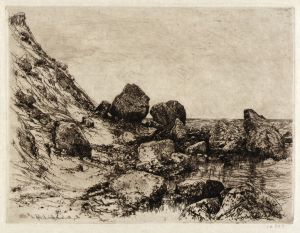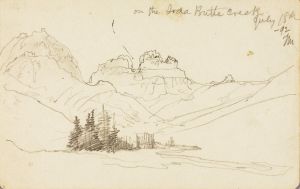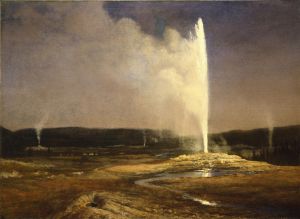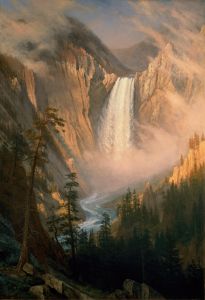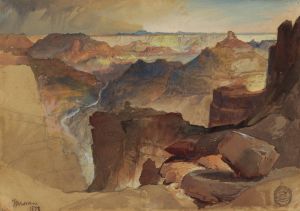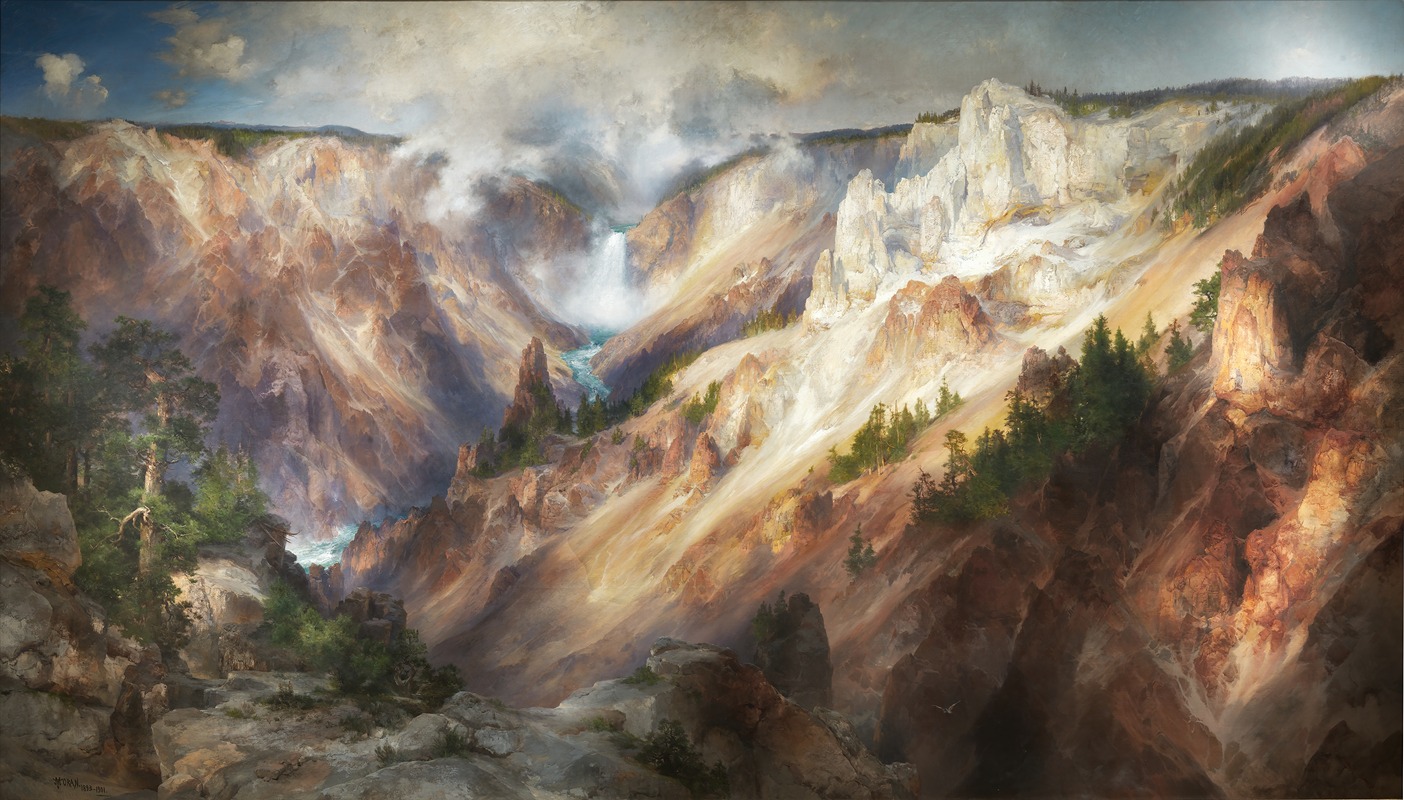
The Grand Canyon Of The Yellowstone
A hand-painted replica of Thomas Moran’s masterpiece The Grand Canyon Of The Yellowstone, meticulously crafted by professional artists to capture the true essence of the original. Each piece is created with museum-quality canvas and rare mineral pigments, carefully painted by experienced artists with delicate brushstrokes and rich, layered colors to perfectly recreate the texture of the original artwork. Unlike machine-printed reproductions, this hand-painted version brings the painting to life, infused with the artist’s emotions and skill in every stroke. Whether for personal collection or home decoration, it instantly elevates the artistic atmosphere of any space.
The Grand Canyon of the Yellowstone is a renowned painting by the American artist Thomas Moran, completed in 1872. This iconic work is celebrated for its vivid depiction of the Yellowstone River and the dramatic landscape of the Grand Canyon of the Yellowstone, located in what is now Yellowstone National Park. The painting is widely regarded as a masterpiece of the Hudson River School and the Rocky Mountain School, movements that emphasized the grandeur and beauty of the American wilderness.
Thomas Moran was invited to join the 1871 Hayden Geological Survey of the Yellowstone region, led by Ferdinand V. Hayden. This expedition was one of the first organized efforts to scientifically document the Yellowstone area, which was largely unknown to the broader American public at the time. Moran's participation in the survey was made possible through funding from the Northern Pacific Railroad and Scribner's Monthly magazine, which recognized the potential of his artistic contributions to promote the natural wonders of the West.
During the expedition, Moran created numerous sketches and watercolor studies of the Yellowstone region, which later served as the foundation for his larger studio works. The Grand Canyon of the Yellowstone was one of the most significant paintings to emerge from this experience. The artwork captures the canyon's striking geological features, including its steep, colorful cliffs and the Yellowstone River cascading through the landscape. Moran's use of light, color, and scale conveys the awe-inspiring beauty and majesty of the scene.
The painting played a crucial role in the establishment of Yellowstone National Park, the first national park in the United States and widely considered the first national park in the world. Moran's artwork, along with photographs by William Henry Jackson, was presented to Congress and helped persuade lawmakers to protect the Yellowstone region as a national treasure. The park was officially established on March 1, 1872, the same year Moran completed the painting.
The Grand Canyon of the Yellowstone is part of the collection of the Smithsonian American Art Museum in Washington, D.C. It remains an enduring symbol of the American conservation movement and a testament to the power of art in shaping public policy and environmental awareness. Thomas Moran's contributions to the visual documentation of the American West earned him the nickname "Thomas Yellowstone Moran," underscoring his lasting association with the region.





